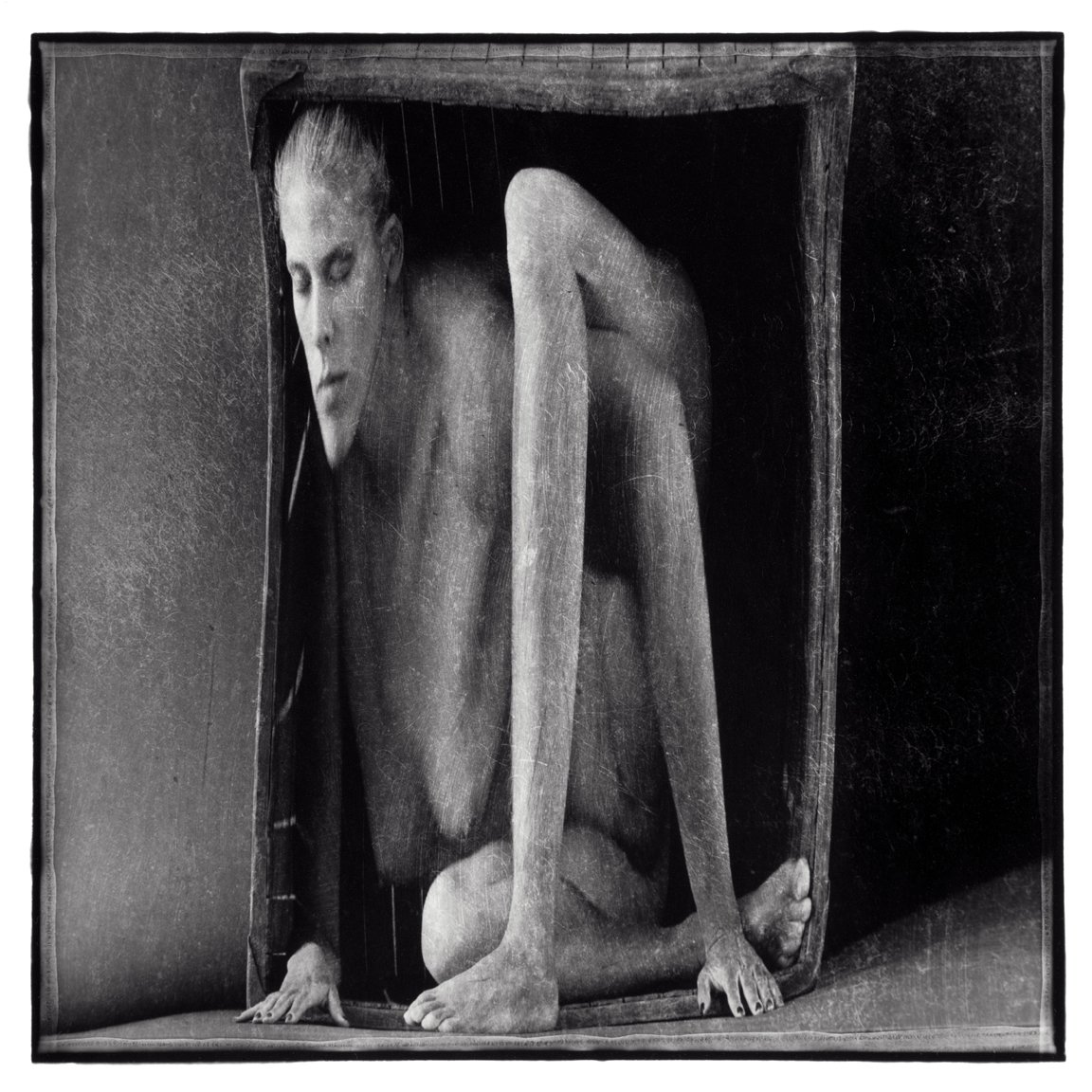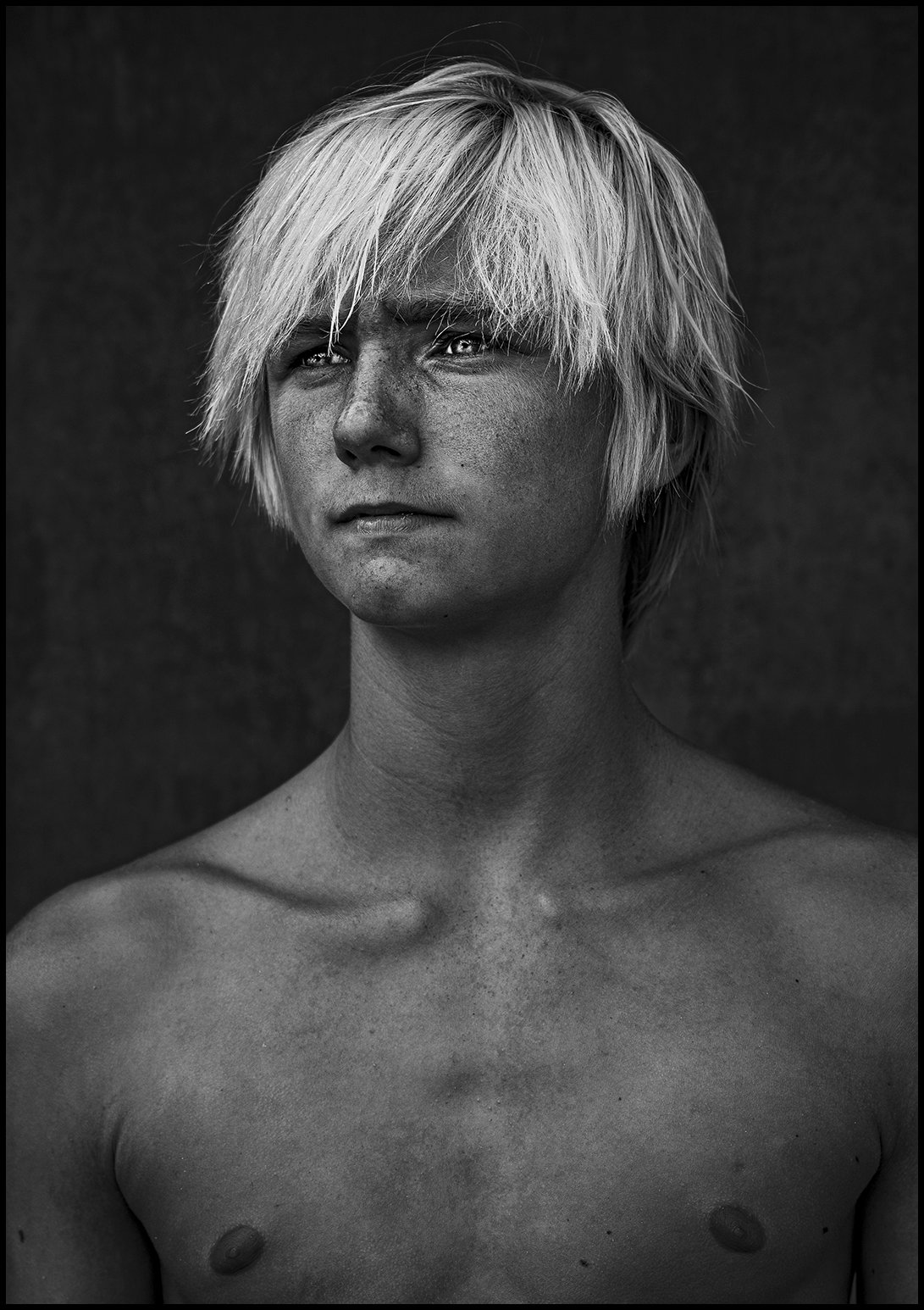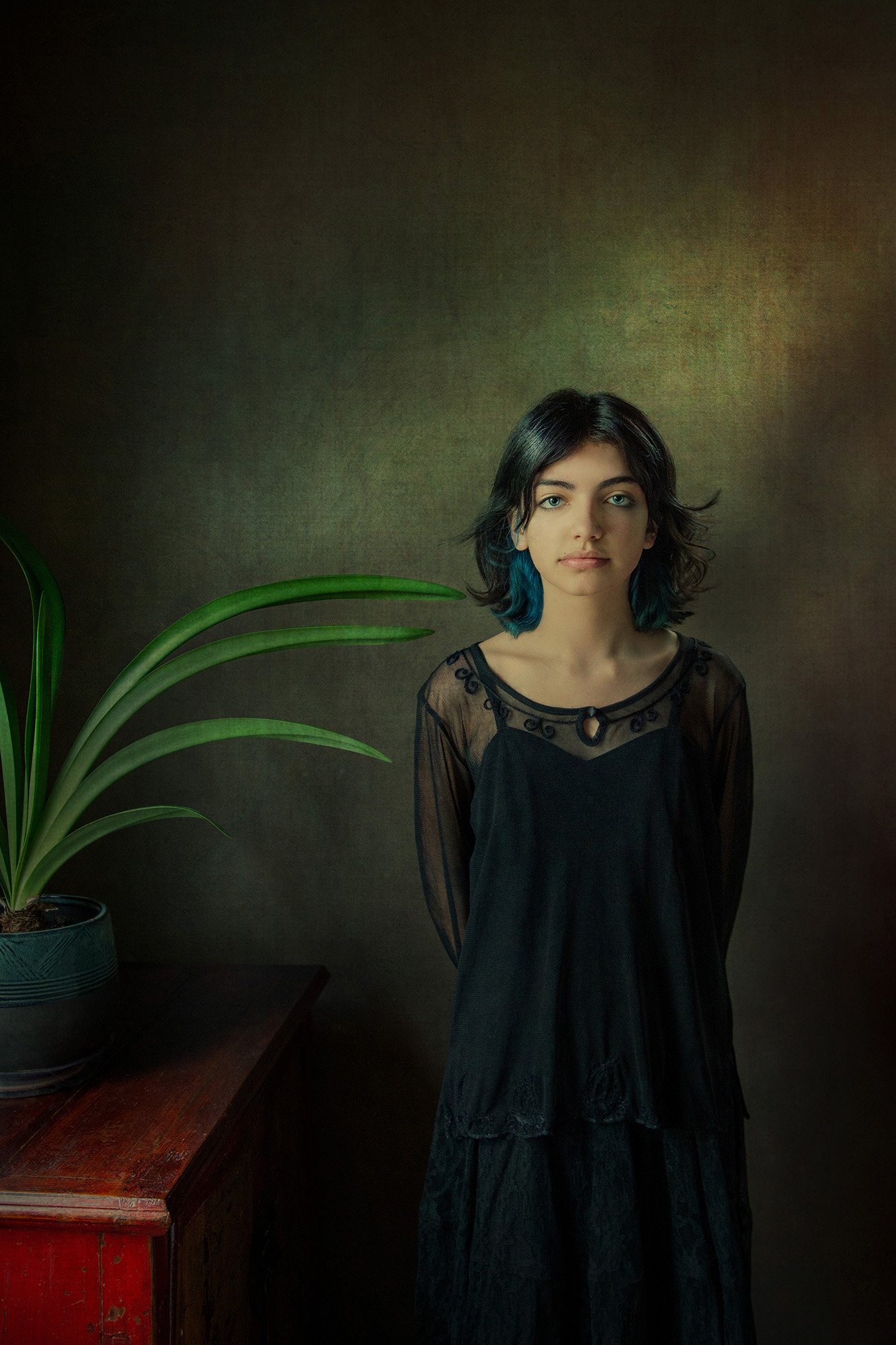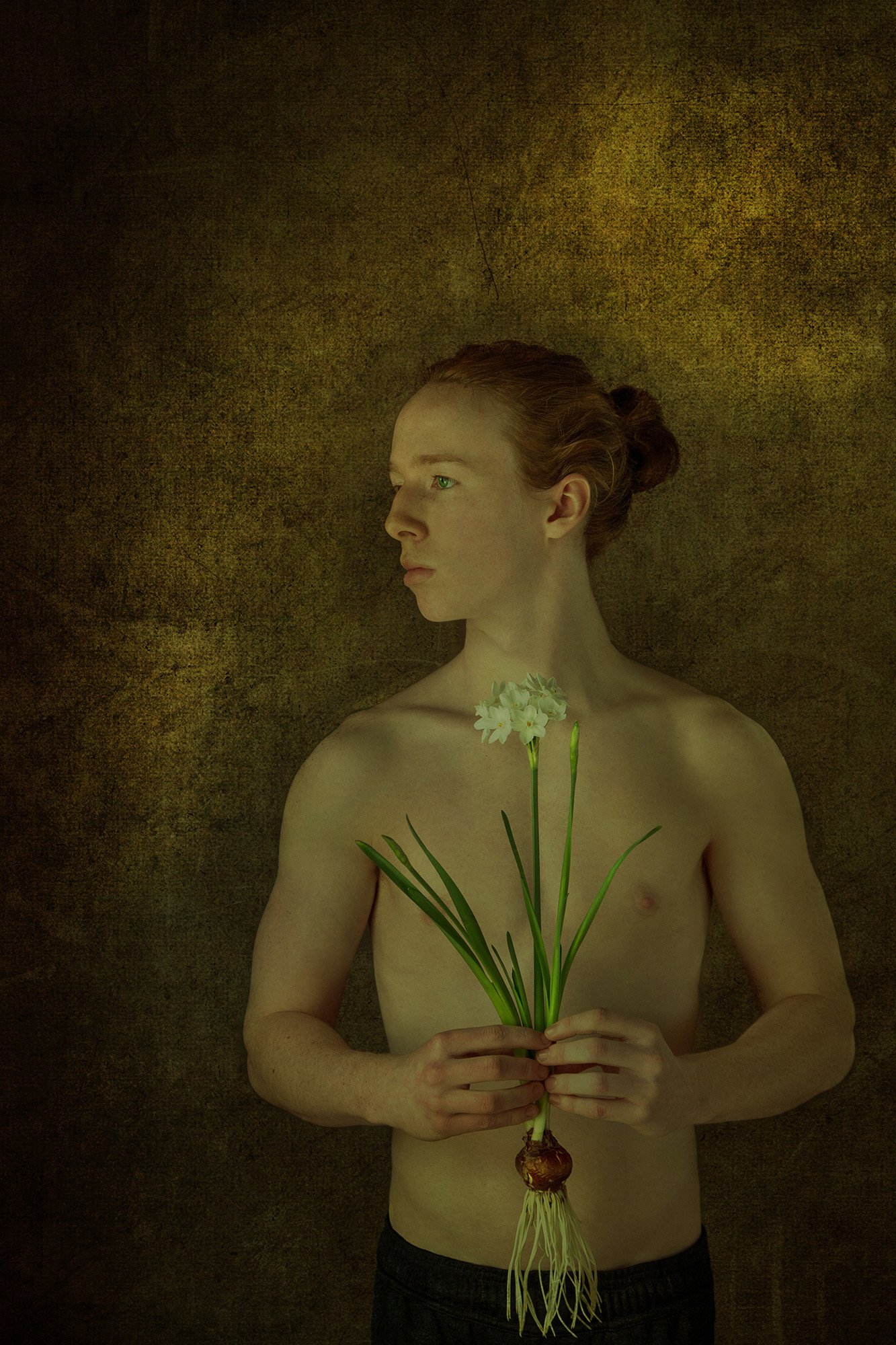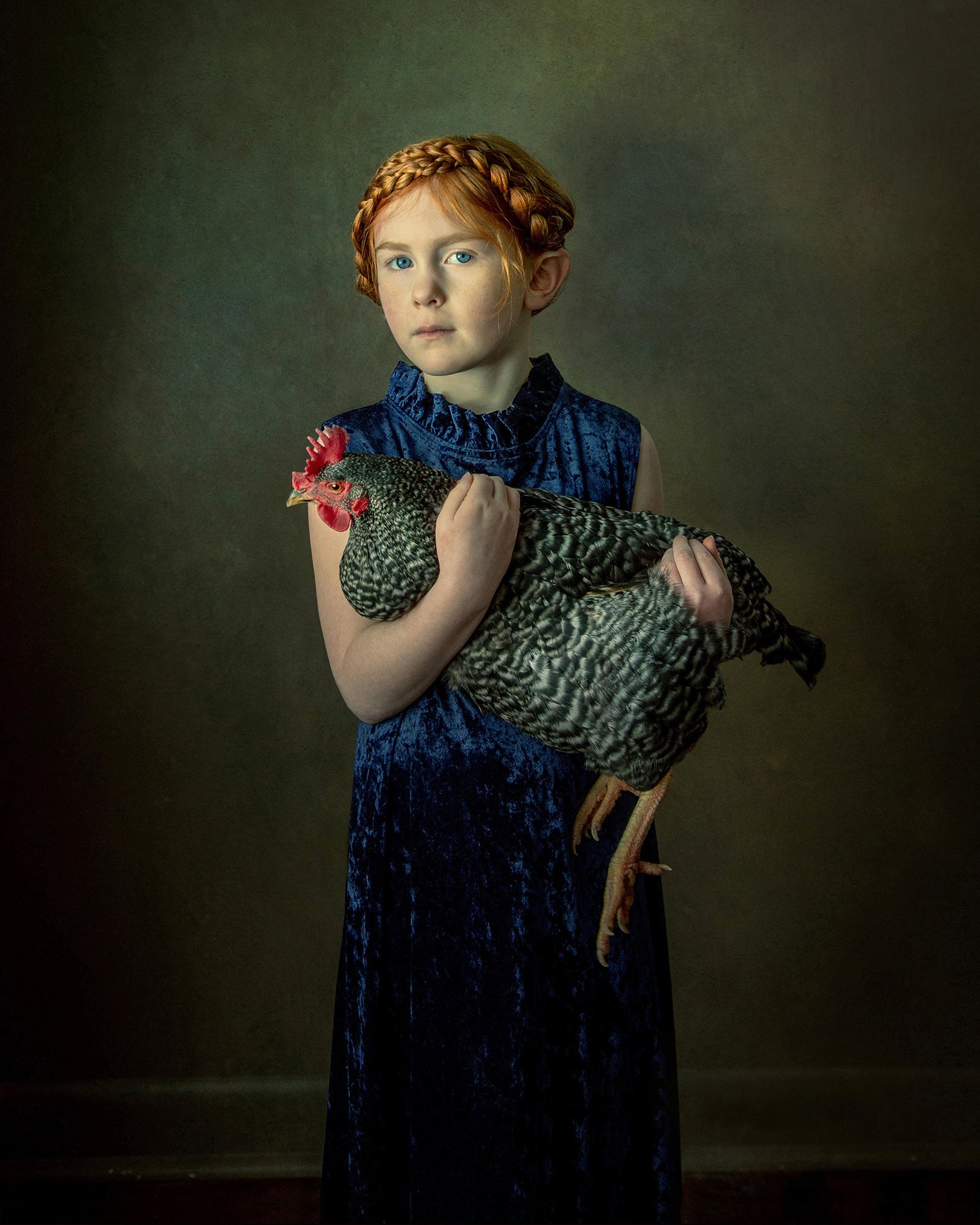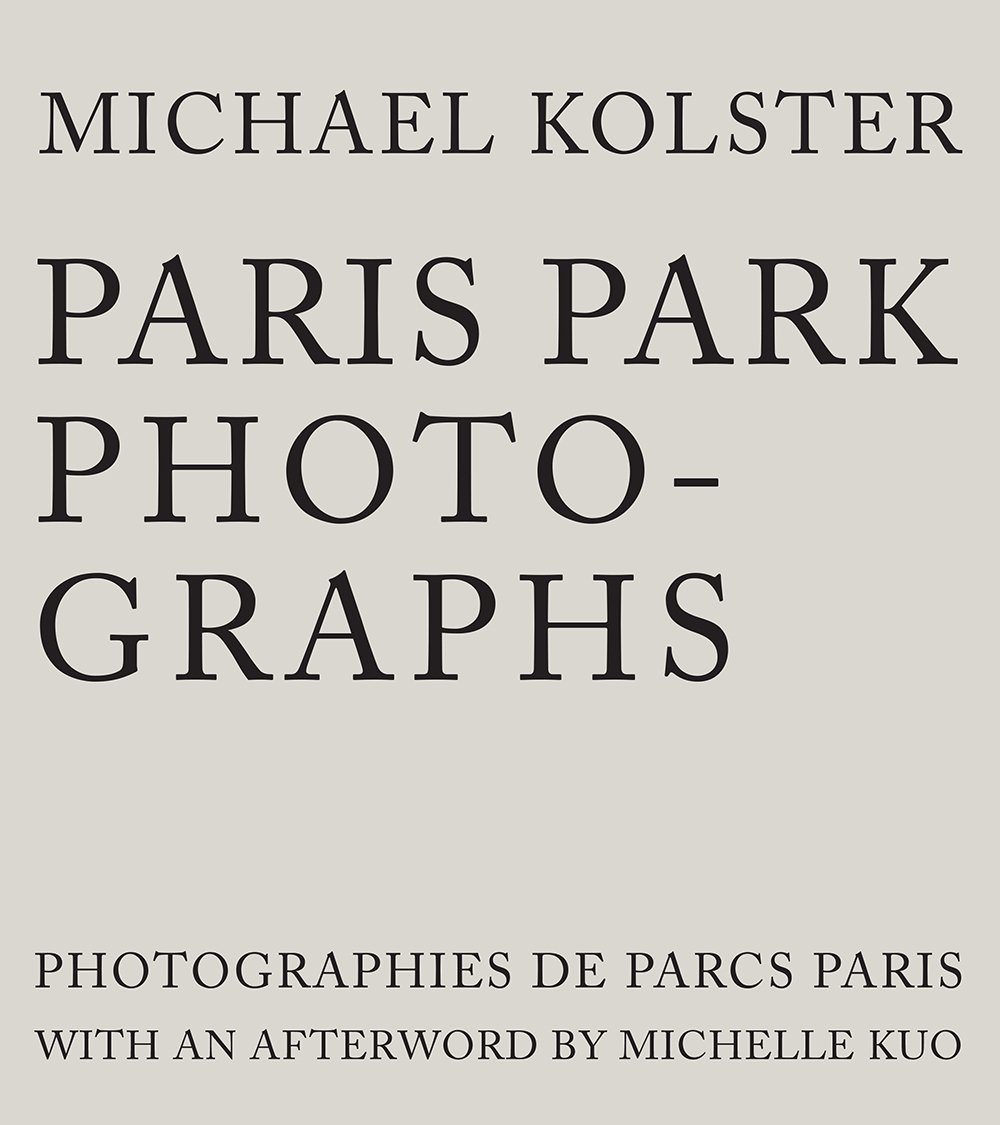We’ve done it, we have a new space!
Annie Lebowitz, Steve Martin, 1982, Rolling Stone cover, 920 x 1108 in.
WE HAVE A NEW SATELLITE LOCATIOn, The MMPA Gallery is on 15 Middle street in Portland. WE WILL BE UNDER CONSTRUCTION FOR A WHILE BUT WE’RE BURSTING WITH EXCITEMENT OVER OUR NEW TURF. WE PROMISE TO SHARE MORE PARTICULARS AS THINGS PROGRESS. – Dir. Denise Froehlich
PLease see our submission guidlines.
Spring
Edna St. Vincent Millay (1892 -1950)
To what purpose, April, do you return again?
Beauty is not enough.
You can no longer quiet me with the redness
Of little leaves opening stickily.
I know what I know.
The sun is hot on my neck as I observe
The spikes of the crocus.
The smell of the earth is good.
It is apparent that there is no death.
But what does that signify?
Not only under ground are the brains of men
Eaten by maggots.
Life in itself
Is nothing,
An empty cup, a flight of uncarpeted stairs.
It is not enough that yearly, down this hill,
April
Comes like an idiot, babbling and strewing flowers.
Chelsea Ellis
The process of making art can be such a personal thing. As I write this, I’m thinking about the basics of communication as it relates to art. It involves a sender — the artist — encoding a message through a channel (art), and a receiver — the art viewer — decoding the message from the channel or artwork. The process, medium, and message of the artist are often personal. The receiver’s interpretation of the message is different depending on who the viewer is, because the receiver/viewer’s method of decoding is just as personal as the artist’s process of making. The beautiful and mysterious experience of witnessing art is that the message received will never be exactly the message sent.
At the heart of my work is embodied human emotionality, especially relating to mental health and gender-based experiences. I move through this work intuitively, listening for how to build photographs that have the commanding presence of sculpture. What draws me most to photography is how unlimited it is, and its unique power to imply objective reality. — CE
“There is only you and your camera. The limitations in your photography are in yourself, for what we see is what we are.” – Ernst Haas
Barbara Peacock
MMPA revisits the on going American Bedroom Project
“Barbara’s project American Bedroom offers a composite portrait of the United States through unguarded portraits of Americans in the their bedrooms. The images, paired with pithy poetic quotes from each subject are full of subtle details that invite us to contemplate the idiosyncrasies of each enigmatic life. She reminds us that, in an era fife with hot-take, reductionist analyses of the American body politic, her fellow citizens really do contain multitudes.”
— Jay Davis - Getty Images
Barbara Peacock, Cai and Claire, ages 28 and 29, Bliss, Idaho, 2021
‘Dismantle and rebuild (the urge to destroy is a creative urge, a natural reset) build a home in
you, a home in me. Together home is always growing, always being redefined-dismantled,
and rebuilt. We see each other, we make space for each other. And here, we are always safe
inside”
American Bedroom is a cultural and anthropological study of Americans in their private dwelling: the bedroom. The nature of the project is unguarded portraits of individuals, couples and families that reveal the depth of their character, truth and spirit. The images are paired with poetic and pithy quotes from each subject and are full of subtle details that invite us to contemplate the idiosyncrasies of each enigmatic life. The scope of the project is the entire country.
— BP
Candace DiCarlo
Infinity Series
Candace DiCarlo, Sonambulist: the Personal Unconscious, 1999, Inkjet print from negative, 10 x 10 inches
The images from the Infinity series were influenced by my readings of Carl Jung. Some of the images are portraits — which I liken to spiritual x-rays — of people I’ve known, while others are an attempt to describe in a broader sense some psychological state or common denominator of human experience. Many seem to have been created at that place in the mind where the reality of life fails the psychological ideal. Probably “fails” is not the just word to use — Jung would say that it’s all an aspect of the individuation process — but that is the way it feels. What emerges from this psychological dialectic is of great interest to me. It often seems like there is only a thin veil of reality that separates us from dreamed potential. Obviously ideals and utopia are necessary as a standpoint, but as evidence shows, life here on earth involves distortions which are dreadful.
The method of my art practice has always been experimental. The nature of the shoots — based on a feel I derive from conversations with the model and whatever might be weighing on my mind at the time — are free form. Of great interest to me are intuitive states — the making of connections based on nuances traveling from so far back in time or memory that they arrive in the present with the faintest whisper. I am not quite sure what happens between the model and me during these sessions, but it does feel like something extraordinary takes place. At some point many elements seem to merge together and I am witness to a unique part of their person, rather like colors emerging from a prism held at the correct angle. These experiences have a beautiful and soulful remanence for me.
There is intrigue in the unknown, these photographs are my tribute to the mystery that surrounds the unknowable. Thank you for spending time with them. — C dC
Sara Stites
My enchantment with color came from observing and, then growing, flowers in Maine. Their form and hue, delicate yet ferocious, engage my personal iconography which explores issues of vulnerability and the uncanny. I photograph setups using my drawings and paintings as backgrounds with real objects in front of them. Often, the objects are similar in hue and form to the artwork and take the viewer time to discover what is drawing/painting and what is object, adding mystery to the work. -SS
“Photography gives you the opportunity to use your sensibility and everything you are to say something about and be part of the world around you. In this way, you might discover who you are, and with a little luck, you might discover something much larger than yourself.” – Peter Lindbergh
Darin Back
The Perfect Wave
Darin Back Photographs the Character of Surf Culture
Think of surfing as a form of meditation where it’s just you and this magnificent force of the ocean in a dance with one another to find that brief, yet perfect flow state riding a wave in unison. Darin Back found this flow state in the art form of photography while doing a little soul searching on a break in Minnesota in 1990. Photography seemed to come easily to him, so he then immersed himself in learning every nuance of lighting and technique to find that perfect balance between photographer, subject and light. His quest took him to New York to work with Annie Leibovitz, then Redux Pictures by 2010, working for major clients around the world. This fast-paced environment could probably just barely keep up with Darin’s drive to learn and thrive as a photographer. Finding success and receiving many awards for his portrait work primarily of surfers and musicians, Darin continues to push himself and the medium.
I grew up on the east coast, surfing has always been apart of my life. After moving back to the east coast in 2014, I began building a new brand of black and white portraits which consisted of east coast surfers from the 1960’s–2000’s eras. I shot most of these images in parking lots, parking garages, after surf sessions; so I used natural light to create images that looked iconic or lost. I think that I found a lot of myself in each and every subject, something I will always remember.
We were lucky to have caught up with Darin for a few brief moments before embarking on his next round of assignments that would make this photographer’s head spin. For Darin, it’s just the next perfect wave. — DD
“A thing that you see in my pictures is that I was not afraid to fall in love with these people.” – Annie Leibovitz
Ruth Sylmor
From Paris with Love
“I am sending these 8 Paris “LOVE” street art images to you should you care to use them to spread love, cheer, and humor to your illuminated readers.” - Ruth Sylmor
"Imagine"
(John Lennon 1940 -1980)
Imagine there's no heaven
It's easy if you try
No hell below us
Above us only sky
Imagine all the people
Living for today... Aha-ah...
Imagine there's no countries
It isn't hard to do
Nothing to kill or die for
And no religion, too
Imagine all the people
Living life in peace... You...
You may say I'm a dreamer
But I'm not the only one
I hope someday you'll join us
And the world will be as one
Imagine no possessions
I wonder if you can
No need for greed or hunger
A brotherhood of man
Imagine all the people
Sharing all the world... You...
You may say I'm a dreamer
But I'm not the only one
I hope someday you'll join us
And the world will live as one






















